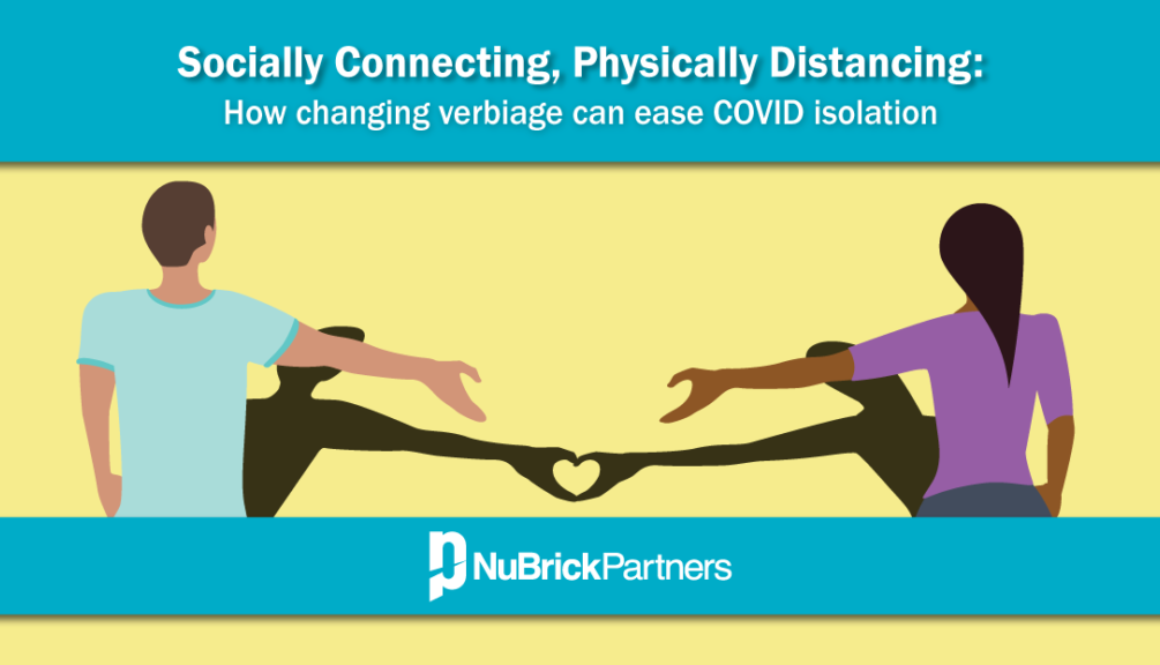How to Break the Drama Triangle and Unite a Disjointed Workforce
Our relational intelligence expert explains how leaders can break free of the drama triangle and unify a workforce that lacks synergy.

Our relational intelligence expert explains how leaders can break free of the drama triangle and unify a workforce that lacks synergy.

The following steps are proven to carefully transition your founder from the CEO role and set up your next leader for success.

Unconscious bias is assumptions we make about other people based on attitudes and stereotypes. Here are two ways leaders can overcome it.

Nearly all care delivery in a healthcare organization flows through their physicians, who are usually viewed as the de facto leaders in almost all clinical settings. As such, physicians have a disproportionate impact on the delivery of care and have a disproportionate responsibility to lead change, according to Selth Wolk, MD, MHSA, Senior Consultant at NuBrick Partners.
In his editorial for HCA Healthcare Journal of Medicine, “The Need for Physician Leaders,” Wolk discusses this disproportionate impact and the critical need for healthcare organizations to develop strong physician leaders.

Where has your journey taken you? What inspires you? The answers to these questions will help you craft and tell your own story, so you can share it with others. When you start sharing your story, you will begin to understand your impact on others and be able to identify who you need to inspire, as well as create a plan for doing it.
Take the story of Catherine Meloy, CEO, Goodwill Greater Washington, DC. Involved in several ministries with her father, Catherine was inspired at a very early age to help people. Growing up with a disciplinarian Marine father, and an unconditionally loving mother, shaped her identity.

The best leadership insights are gained from past experience, according to Bill Donahue, Senior Consultant at NuBrick Partners. As he explains in a recent article for SmartBrief, the choices made, habits formed, and principals adopted throughout the course of a leader’s career all add up to the leader you are today.
While the best leaders seek wisdom from mentors, authors, and peers, another resource Donahue suggests, is the leader’s own personal story, and offers three tips for leaders to explore their history to mine for insights that can help them grow.

Businesses are resilient in adapting to work during COVID-19. While many sent employees to work from home at the start of the pandemic, some workers are now emerging from their makeshift home offices and returning to their workplaces, a bit nervous, perhaps, about the uncertainties of their renewed proximity to coworkers. The return to work, or rather, “return to office,” since employees have been working, albeit remotely, all along, will make it clear just how much the workplace has changed, and what’s remained the same.

Social distancing is one of the most recognizable requirements of life during COVID-19. The phrase describes the recommended minimum 6-foot distance that people should maintain in an effort to reduce the potential spread of the virus. The result for many has been to sequester at home. Connections with friends and extended family, and collaboration with co-workers have become more than ever in the past, virtual.